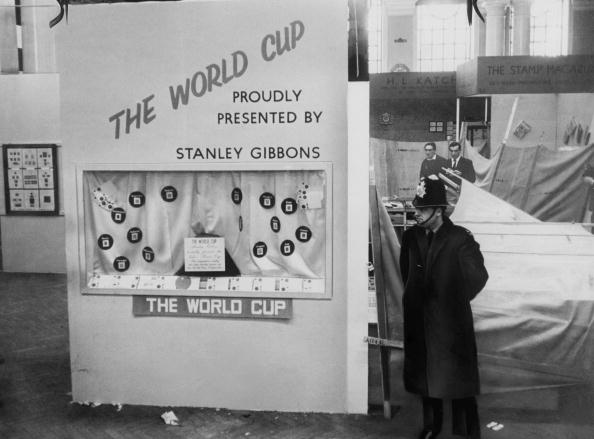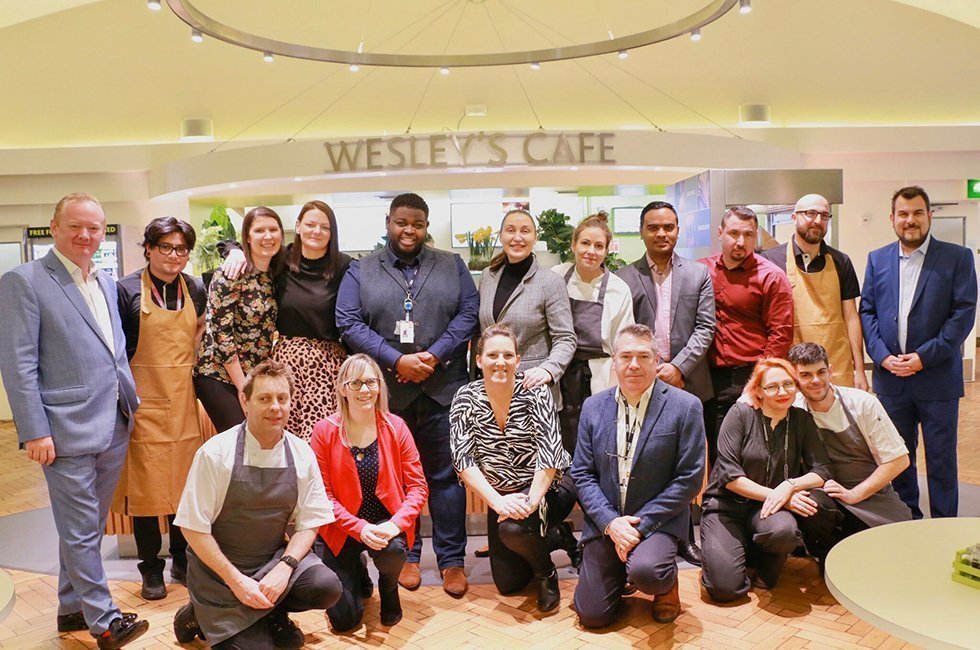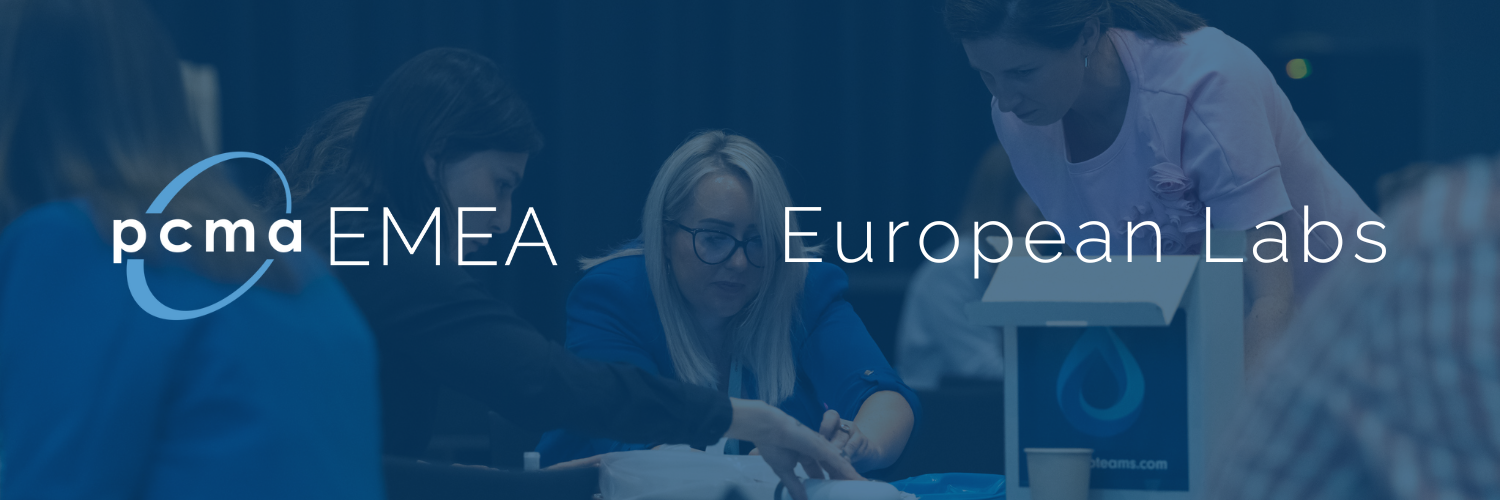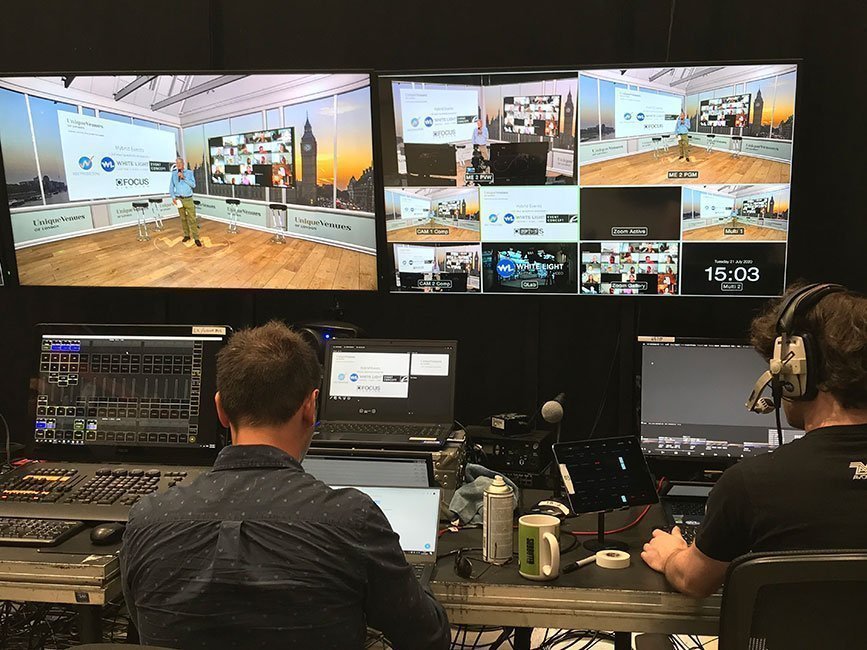
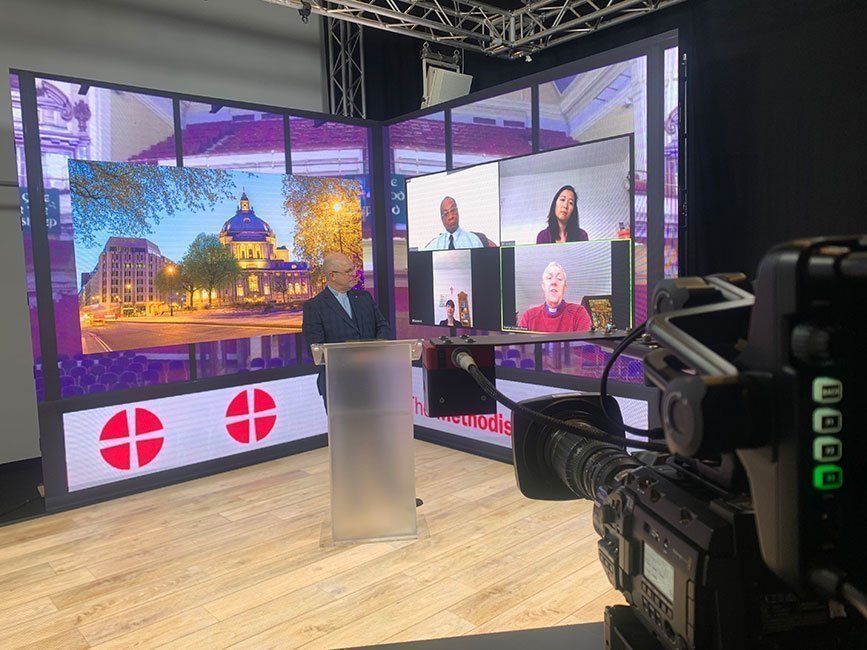
Central Hall Westminster and our AV Production partners, White Light explain what all the technical lingo means to help event planners be more informed on what hyrbid type of event they need for their audiences.
Like so many other things this year, the ways in which we communicate with each other have considerably changed. With sustained restrictions on social interaction and venues remaining closed for long periods, we have all widely embraced digital technology to connect with others in our personal and professional lives. While tech has increasingly been utilised in recent years to enhance live events, making them more interactive, a shift into delivering fully digital events is less familiar to many planners.
In conversation with several of our clients, we find that the sheer wealth of options, the terminology, considerations and logistical questions surrounding digital solutions can be quite daunting to digest. To break some of this information down, we have focused on four of the most common formats to help bust the jargon and highlight how these can be best utilised:
- Web Conferencing
Web conferencing is the simplest form of remote event, whereby the use of a computer and associated equipment allows two or more people to chat in real time. There is a range of different platforms to choose from for this, such as Zoom, Microsoft Teams, GoToMeeting, Google Meet and BlueJeans. These platforms allow for screen sharing of content and recording of the call (however, these features are sometimes only available with premium accounts). Modern web conferencing does not require anything more than a laptop and web browser and enables people to join remotely, via multiple different methods. If budget permits, upgrade packages to enhance the presentation quality, such as cameras, lighting and enhanced audio are available.
- Live Streaming
Live streaming has become an ever-increasing tool to reach delegates while physical attendance at events is restricted. Streaming also allows small, traditional events to reach a worldwide audience, amplified through existing social channels and corporate web presence. Having the right equipment is critical to ensuring this is executed successfully. Technically, streaming involves using equipment to encode a video and audio signal, so that they can be transmitted via the internet and viewed as part of a website. This is not a two-way process, as the audience views the stream as a video. The streams can be uploaded to host sites, such as a company’s YouTube channel for a public message, however it is much more common for them to be embedded within a dedicated microsite or company website.
- Webinar
These are offered by a variety of different platforms, including On24, Microsoft Teams live events and Zoom. Webinars allow delegates to join a ‘call’ and participate passively, meaning that their cameras and microphones are disabled so that they can only communicate with the presenters via the chat function. Presenters share content either via video or the screen share function. Many platforms enable a panel of presenters to interact with each other and for delegates to also participate as panellists if required. The advantage of webinar software is that is it easy to use and typically already known to internal stakeholders. The platforms available often incorporate useful features such as chat, polling, and breakout room functionality. Disadvantages are that it can be difficult to control broadcast quality and for your external delegates, it is another piece of software to download which might be prohibited by their company IT policy.
- Video on demand (VoD)
Video that can be streamed at the users’ preferred time and convenience. Content can be recorded during a live stream and then made available afterwards for future viewing. This also gives flexibility for video content to be edited, for example into different sessions, and then hosted for a fixed period.
We hope that this information proves useful when considering the options for your next event. With a vast range of safe spaces available to hire at Central Hall Westminster our onsite team will work with you to build a COVID secure studio for delivery of your next digital event. Contact us to discuss your requirements.
